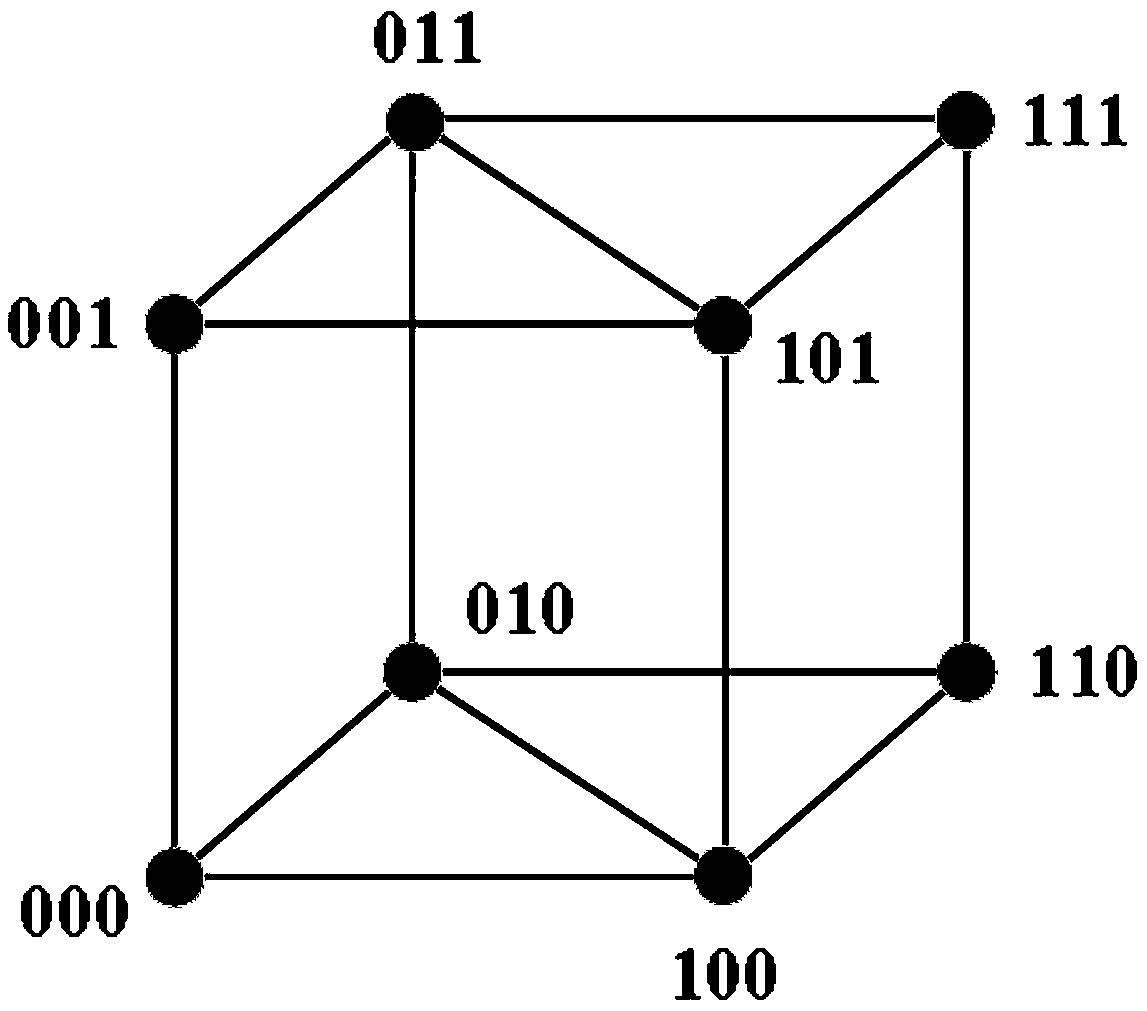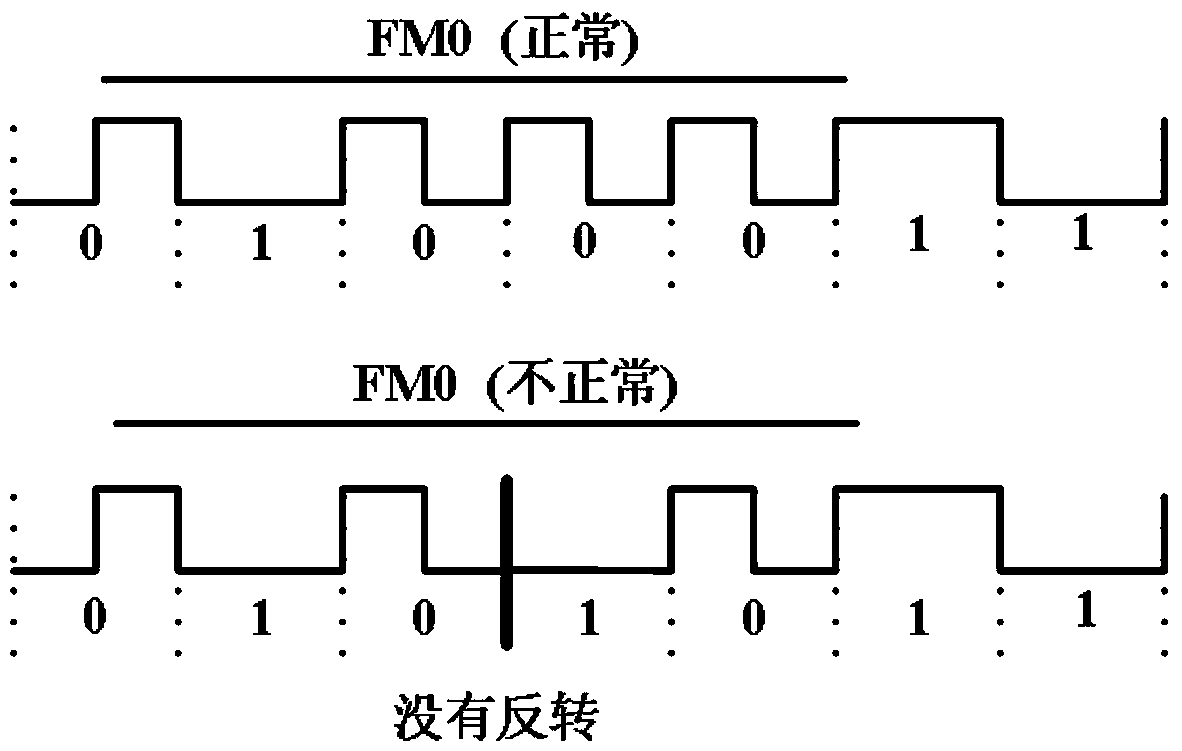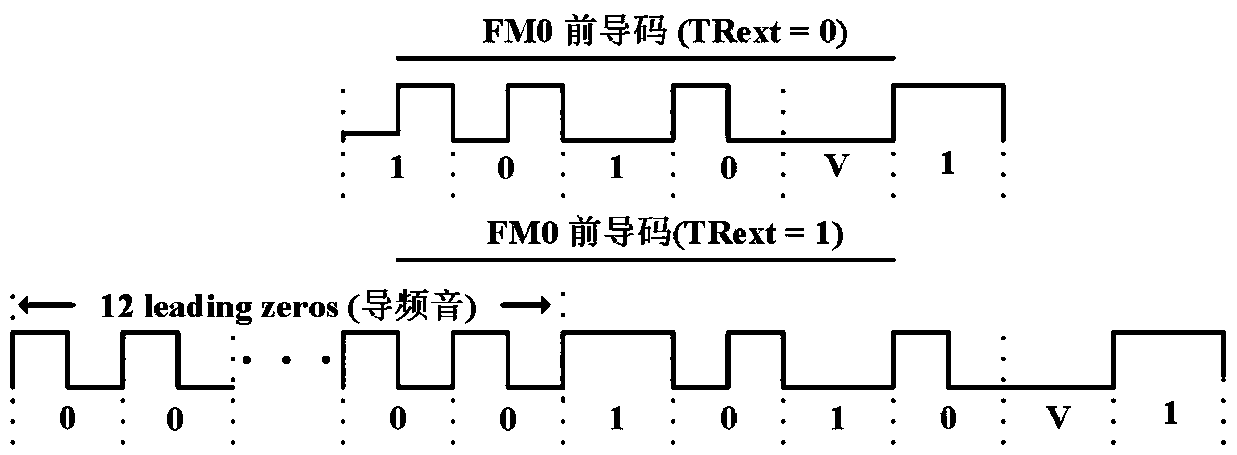Backscatter uplink data collection method based on parallel decoding
A backscatter, line data technology, applied in the direction of link quality-based transmission modification, receiver-specific devices, digital transmission systems, etc., can solve problems such as low uplink data collection efficiency
- Summary
- Abstract
- Description
- Claims
- Application Information
AI Technical Summary
Problems solved by technology
Method used
Image
Examples
Embodiment Construction
[0019] Below in conjunction with example and accompanying drawing, the inventive method is described in further detail:
[0020] A method for collecting backscatter uplink data based on parallel decoding comprises the following steps:
[0021] (1) In backscatter communication, the receiver provides energy supply for the passive node. When the receiver sends the carrier to communicate with the node, the carrier contains the I component and the Q component in the same direction. The node transmits the signal by absorbing or reflecting the carrier signal. The signal backscattered to the receiver still contains the same direction I component and the quadrature Q component. For a single node k, the signal received by the receiver is expressed as:
[0022]
[0023] in and Denote the codirectional component and the orthogonal component respectively. For N nodes transmitting data concurrently, the receiver receives the superposition of multiple node signals, expressed as:
[0...
PUM
 Login to View More
Login to View More Abstract
Description
Claims
Application Information
 Login to View More
Login to View More - R&D
- Intellectual Property
- Life Sciences
- Materials
- Tech Scout
- Unparalleled Data Quality
- Higher Quality Content
- 60% Fewer Hallucinations
Browse by: Latest US Patents, China's latest patents, Technical Efficacy Thesaurus, Application Domain, Technology Topic, Popular Technical Reports.
© 2025 PatSnap. All rights reserved.Legal|Privacy policy|Modern Slavery Act Transparency Statement|Sitemap|About US| Contact US: help@patsnap.com



